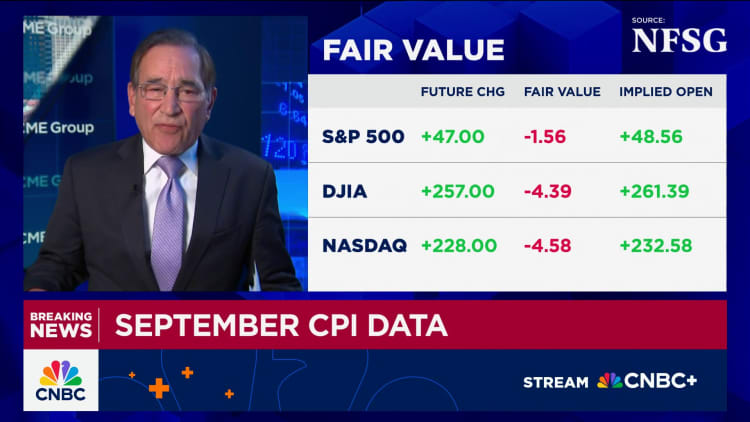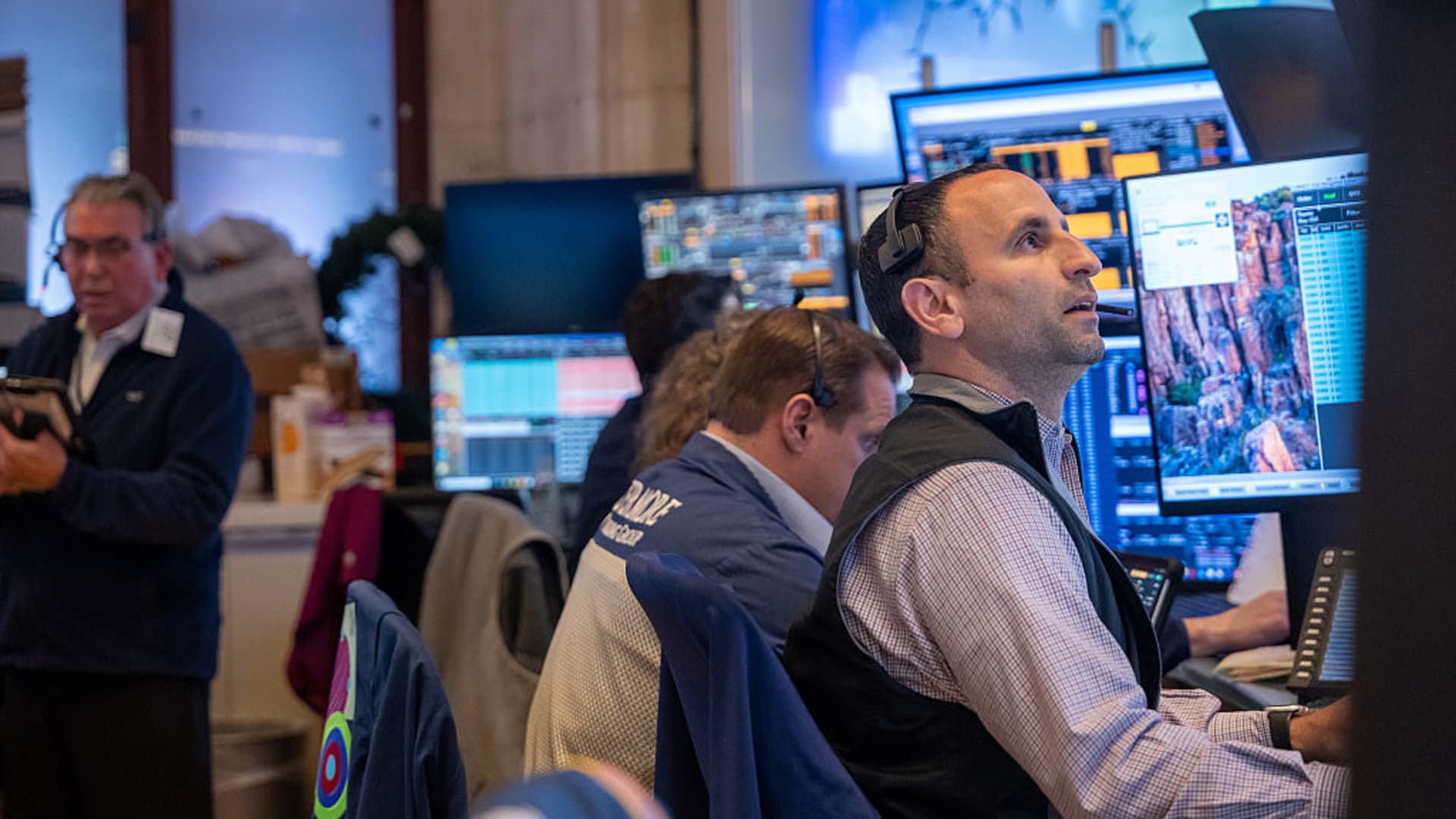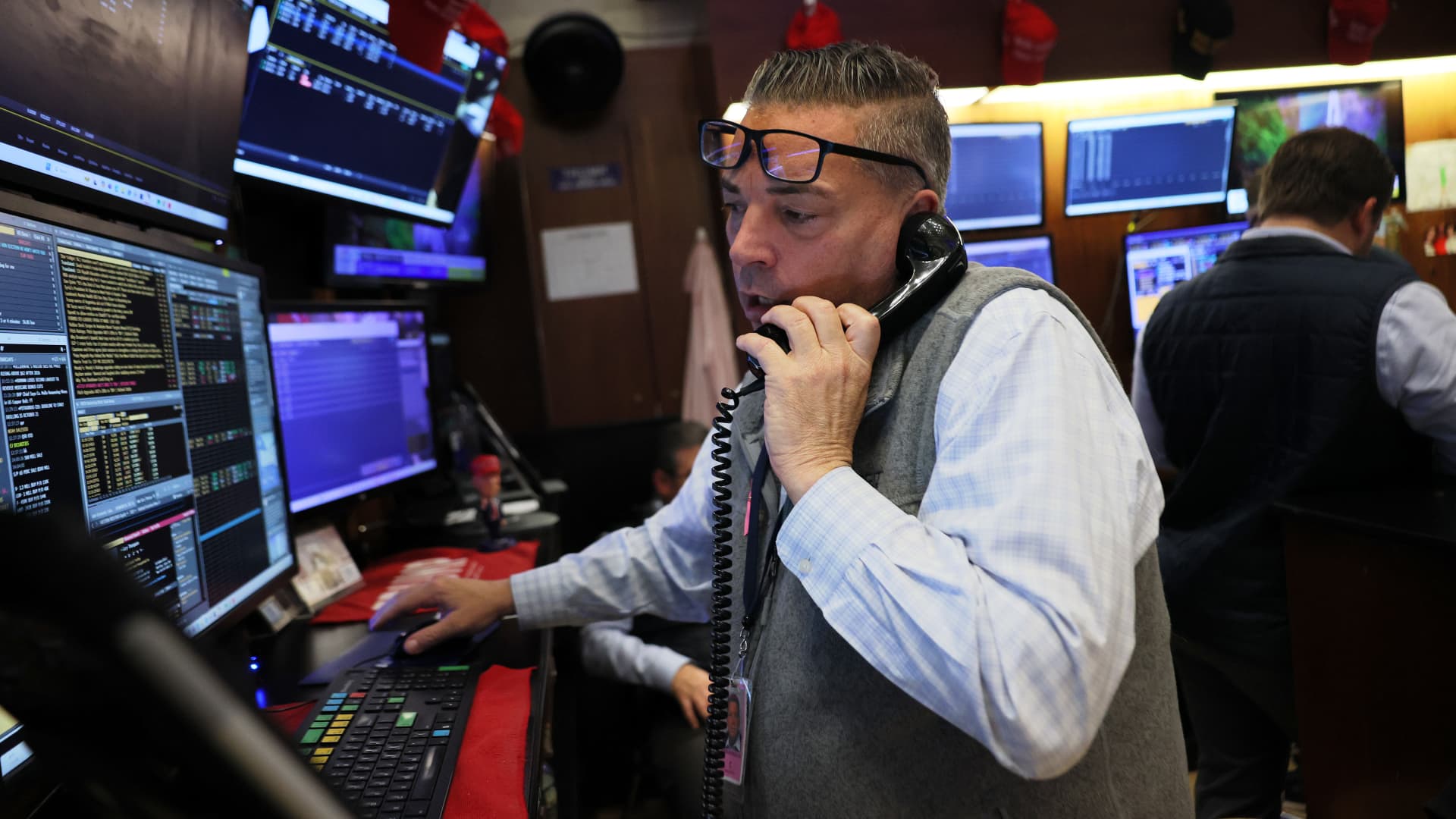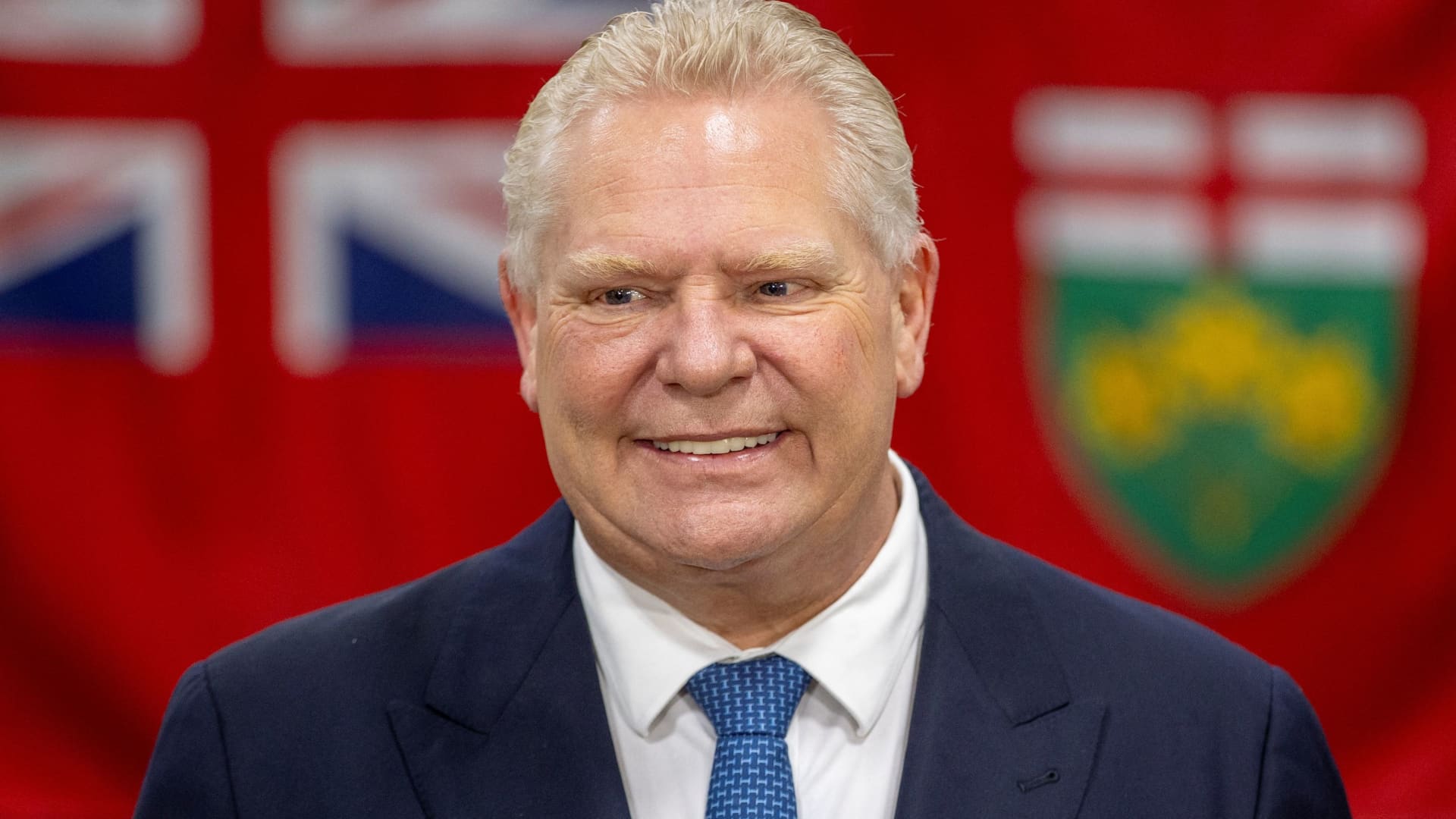Global fund managers reveal top concerns heading into year end
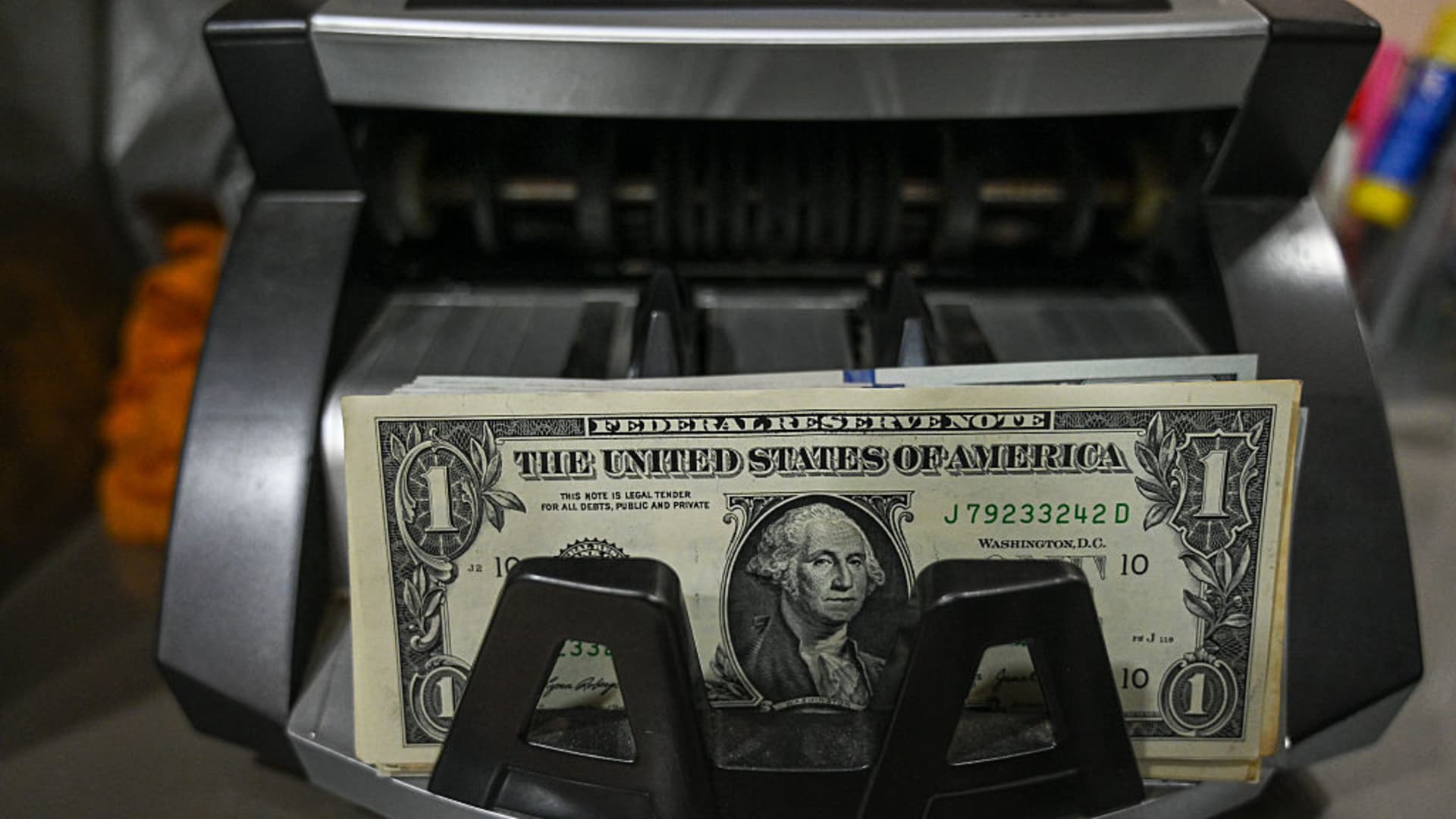
Fund managers are taking a cautious stance as the fourth quarter gets underway, opting to go underweight in risk assets in favor of defensive plays with lower volatility. AI, private credit, sticky inflation — and the Fed’s ability to deal with it amid interference from U.S. President Donald Trump — are top of mind for fund managers and central bankers as policies diverge. For David Aujla, multi-asset fund manager at Invesco, this translates into a high-quality government bond play rather than, say, credit risk. “While we do not necessarily think a recession is imminent, we do think the balance of risks means that it is prudent to have greater exposure to more defensive assets at this stage,” he told CNBC. Private credit and AI concerns Chief among concerns is the potential overspill of questionable credit from the U.S. into other markets, following the collapse of auto-related firms Tricolor and First Brands. Those worries resulted in a European bank stock selloff last week, although the sector quickly rebounded. Will Mcintosh-Whyte, fund manager on the Rathbone Multi-Asset Portfolio Funds, said the recent turmoil in private credit, “should be giving investors pause.” Tricolor and First Brands have “given their debt holders a multi-billion dollar headache,” he said. “It speaks to the risk of material capital misallocation in the shadow banking system, and whilst the likelihood of this becoming systemic likely remains low, one can never discount the risk that financial engineering has exacerbated the issue and could cause further ruptures,” Mcintosh-Whyte added. Meanwhile, fears of an AI bubble continue to occupy the minds of fund managers — and just about anyone paying attention to the stock markets. “AI investment and capex are providing strong support to growth against otherwise weaker areas of the economy, but any loss of confidence in this area may have an outsized impact on financial conditions and so warrants careful monitoring,” said Derek Hynes, fixed income portfolio manager at Wellington Management. The risk of stagflation As inflation in some key economies around the world remains sticky, central bankers and fund managers are also closely watching the U.S. amid tariffs and Trump’s push to intervene with the Federal Reserve. “Negatively, an upside surprise in U.S. inflation as a result of lagging tariff effects might be the greatest risk,” said John Wyn-Evans, Rathbones’ head of market analysis. “The levels of gloom remain high and so, remarkably, higher equity indices could suck more people in. There’s nothing like performance-chasing into year-end to apply a squeeze,” he added. Indeed, former European Central Bank (ECB) President Jean-Claude Trichet told CNBC’s “Squawk Box Europe” in an exclusive interview that “a lot of decisions that were taken by the present administration have not yet been digested, swallowed, by the market, both on inflation and on the slowing down of growth.” He referred to U.S. tariffs, immigration policy, and deficit, “which is so high that it creates a problem of confidence.” “All that goes in the direction of some kind of stagflation,” he said, saying stagflation is the current “main danger” but the market should remain cautious of being too negative.” However, central banks’ ability to deal with inflation relies on their credibility — and the Fed’s credibility has been called into question this year amid pressure from Trump to cut interest rates, fire Chair Jerome Powell, and remove Governor Lisa Cook. The central bank cut rates for the first time this year in September and is expected to do so again in October despite the ongoing data gap due to the U.S. government shutdown. Pierre-Olivier Gourinchas, chief economist at the International Monetary Fund, told CNBC’s ” Squawk Box Europe ” that inflation expectations are anchored to investors’ belief that the Federal Reserve can bring back price stability. He and Trichet maintained that the Fed’s credibility is strong, although Trichet said he was “appalled” by Trump’s interference. “The stability, the credibility, of the central bank is of the essence to permit market to function correctly,” he said. Diverging policies a challenge – or opportunity The many unknowns in markets, politics and geopolitics influence volatility, but indexes seem to have “remained relatively benign” this year, according to Invesco’s Aujla, though he warned that “masks greater volatility within asset classes.” “That stems from the divergences we are seeing in economic growth, fiscal policy, monetary policy, and earnings profiles. Volatility is not something that should necessarily be feared but rather embraced where we have strong convictions that we can exploit a wider divergence in expected returns. We see those divergences as a source of opportunity,” he said. Indeed, “we see diverging policy paths among developed market central banks as a key driver of potential volatility and opportunity,” Wellington’s Hynes added. The ECB has cut rates this year, but “we believe the bar for further moves in either direction is now high,” Hynes said. “The outlook for ECB policy hinges on the growth trajectory; if growth lifts, which is our base case, it is not clear that further cuts will be necessary.” Europe’s central bank is expected to hold rates steady in October as inflation hovers around its 2% target. European growth is now expected to come in at 1.2% in 2025, per the ECB — a brighter outlook compared to the previous forecast. It comes amid steady growth in many member states and increased certainty due to the EU-U.S. trade deal. While the Fed delivered its first rate cut in over a year in September, which may support growth and risk assets, the banks of England and Japan have policy mixes that are “misaligned with underlying economic conditions,” Hynes said. “The Bank of England faces a delicate balance, as recent rate cuts risk entrenching inflation,” he added, while potential higher Japanese Yen yields could “incentivize capital repatriation could have implications for global credit markets,” he added.
<


